From trading gum to flying high – who is Hemant 'Mota Bhai' Shah?
The most enduring question Shah faced was, 'How do I connect my Matru Bhoomi (motherland) with my Karma Bhoomi (land of action)?'
 Hemant Shah / Photo Courtesy: Hemant Shah
Hemant Shah / Photo Courtesy: Hemant Shah
When stories of migration are told, they often begin with a single decision to leave home. But sometimes, this path is entirely circumstantial – a series of accidents, coincidences, and gentle nudges from family and friends. This is how a handsome young man from Bombay—born into a trading family that handled the export of gum and textiles—found his way from the crowded streets of Chowpatty to the quiet, serene, and picturesque evenings of Winnipeg, and eventually to building a life in Canada.
This is the story of Hemant Shah (aka Mota Bhai). What makes his journey remarkable is the cultural contrasts he navigated and the enduring question he carried: How do I connect my Matru Bhoomi (motherland) with my Karma Bhoomi (land of action)?
In the early 1960s, Shah’s eldest brother had gone to Canada to pursue his FRCS in medicine. Around that time, the family’s trading office in New York needed a representative from within the family. When his brothers couldn’t relocate, the responsibility fell on Shah. He still recalls those years vividly: “An Air India ticket from Bombay to New York in 1972–73 would cost only ₹2,500, and visas were stamped upon arrival.” Mota Bhai had not even settled in New York when a telegram from his father redirected his journey to Winnipeg, where his brothers had already set up their home and future.
“When I arrived, the immigration officer asked me a few questions. One of which I remember clearly –Are you going to stay with your brothers? I looked at him with surprise and said – Where else would I go?” Shah recalls. It did not take long for the boy from the city of dreams, Mumbai, to realize how different the two worlds were. “The lifestyle gap was striking.” Within a week, Shah decided to return to his home country and got involved in his family business. Mota Bhai started working with his brother-in-law, who was one of India’s largest exporters of garments and textiles. “Around that time, India operated on an import-license system, where duties on imports could be as high as 150–170%. To encourage exports, the government had introduced an incentive scheme – if you exported more than ₹5 crores, you became a recognized export house. I have witnessed all these developments firsthand.”
Things took a different turn when India entered a period of Emergency in 1975, which lasted until 1977. Shah’s family advised him to move back to Canada, considering India’s volatile market conditions.
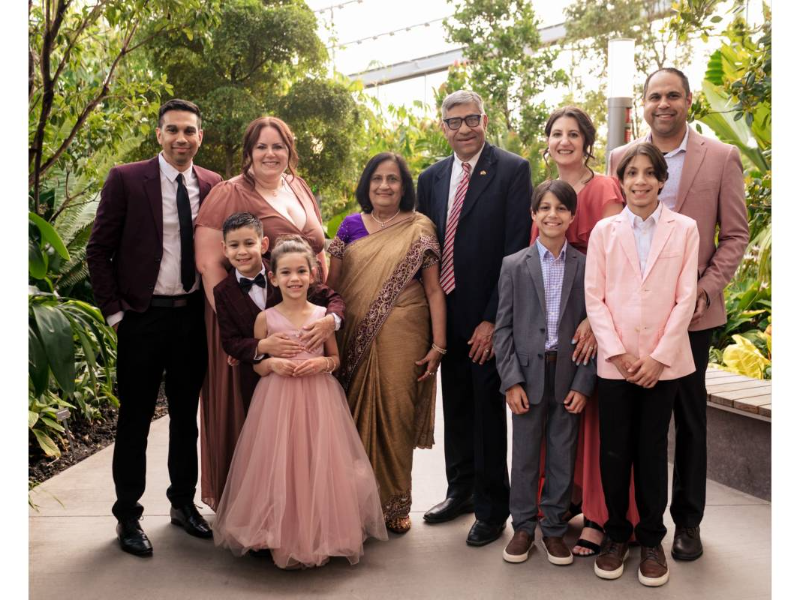 Hemant Shah with his family / Courtesy Manvi Pant
Hemant Shah with his family / Courtesy Manvi PantShah moved to Canada permanently, but deep in his heart and soul, he wanted to bridge the gap between the country that gave him birth and the one that welcomed him back wholeheartedly. His very first job was a humble one—as a parking lot attendant, earning just 35 cents an hour. The lot was located in downtown Ottawa, right at the crossroads of power, surrounded by three tiers of government offices—federal, provincial, and city. High-ranking officers, equivalent to secretaries or undersecretaries in India, often stopped to chat with him. In those casual yet knowledgeable conversations with them, Shah’s early vision of connecting Canada with the world, and particularly India, quietly began to take root.
Very soon, through the Trade Commissioner Service, Shah got introduced to a Canadian company that had been exporting to India for decades but had seen its business wither away. That meeting proved to be the turning point for him. He secured an order for them, and from that moment onward, there was no looking back.
 Receiving the Queen Elizabeth Medal / Courtesy Manvi Pant
Receiving the Queen Elizabeth Medal / Courtesy Manvi Pant
Mota Bhai first began working on Canada–India bilateral trade about 50 years ago. He understood the challenges and gradually built a close-knit network of bureaucrats, not just from the Government of Canada, but also from provincial administrations and Indian state governments, which ensured that the conversation around this didn’t wane. But when now 71-year-old Shah looks back in retrospect, he feels the younger generation today still has much to learn. “If today’s young generation can combine our old-school wisdom with their new-school skills, then Canada–India ties will only grow stronger. Their role is significant because the world has changed, times have changed.”
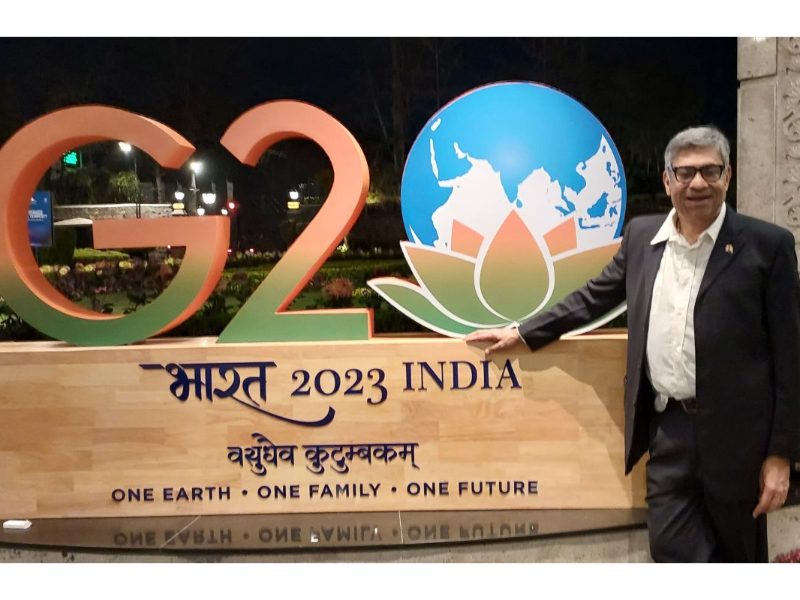 Hemant Shah at G20 kickoff meet in Delhi / Courtesy Manvi Pant
Hemant Shah at G20 kickoff meet in Delhi / Courtesy Manvi PantMany people are unaware that Shah is an exceptionally skilled salesperson. He is creative, bold, result-driven, and highly passionate. All these qualities worked in his favor when, in 1990, the renowned Finolex Group was looking to purchase a pre-owned corporate jet. Although Shah knew nothing about aircraft, a senior political leader on the mission called out his name. “You’re the man who can sell an air-conditioner to an Eskimo—if you can do that, you can sell an aircraft.” Shah accepted the challenge, found a company in Western Canada, negotiated the deal, and successfully sold the jet to Finolex, later arranging maintenance and parts as well. Word spread like wildfire, and soon even Indian state governments approached him for aircraft and helicopter support, marking the beginning of his aviation career.
Every journey – big or small – carries its own set of challenges. Shah’s was no different. From navigating extremely cumbersome importing processes to an outdated system of letters of credit to tackling bureaucratic, financial, and cultural hurdles, he stood tall in testing times. To him, persistence mattered more than rigid rules. He employed his pragmatic approach to move forward and performed phenomenally well, acquiring Winnipeg Aviation and establishing himself in a highly volatile market. Remarkably, the boy from Mumbai who once earned just 35 cents an hour as a parking lot attendant in Canada went on to own an airport with a runway.
Shah’s story is no miracle. It’s a reminder that hard work, persistence, and the courage to adapt according to changing times can go a long way!!
ADVERTISEMENT
ADVERTISEMENT
E Paper
Video




 Manvi Pant
Manvi Pant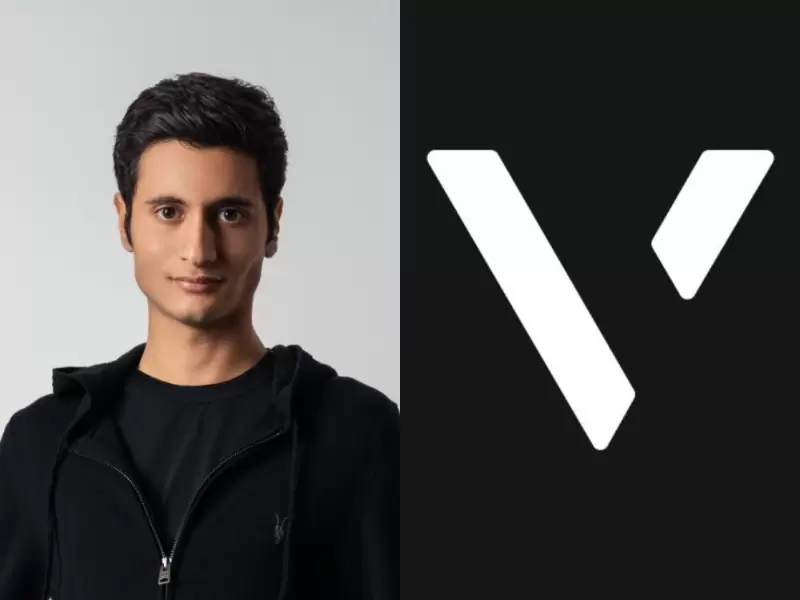
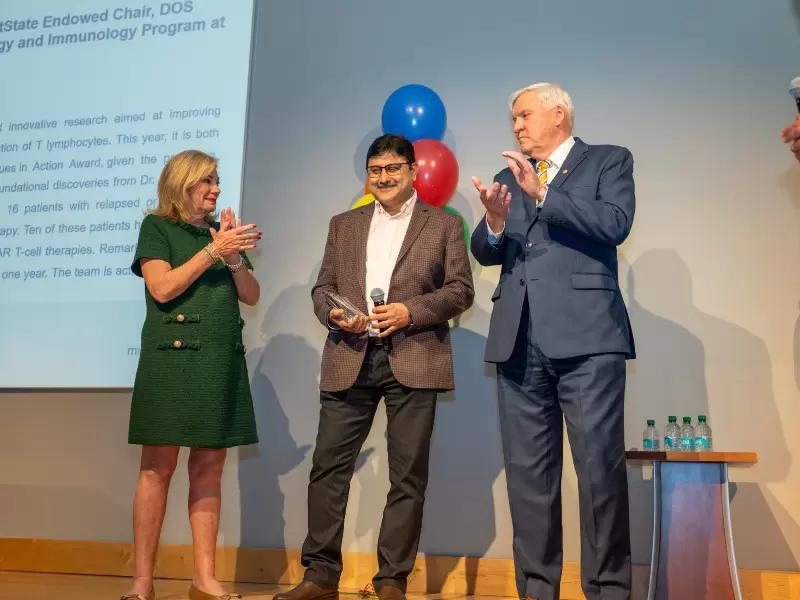

.jpg)
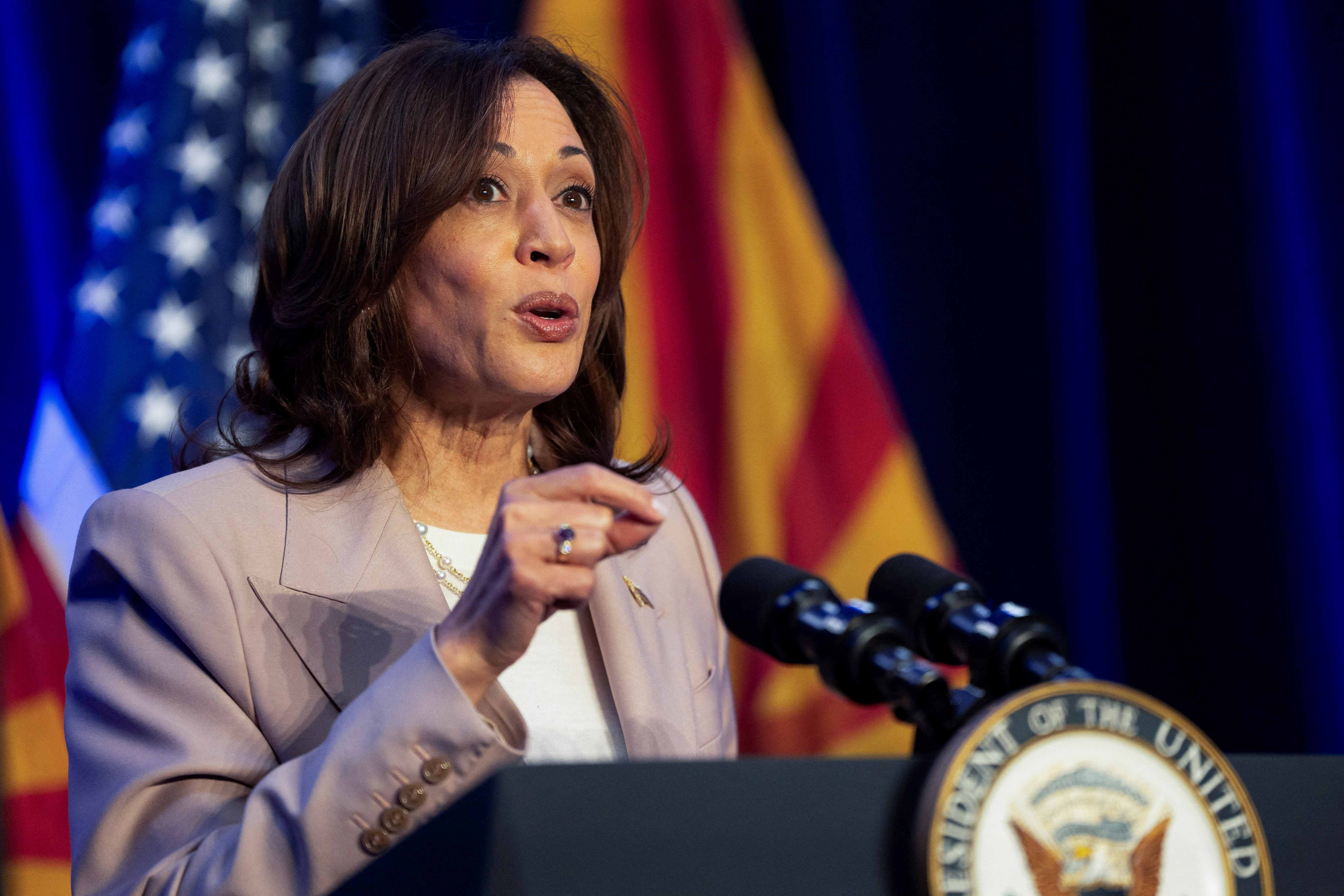




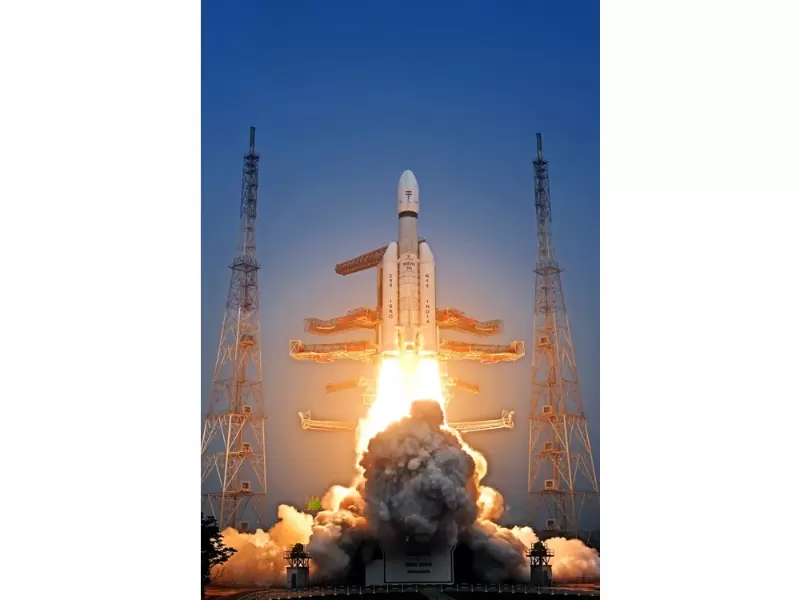

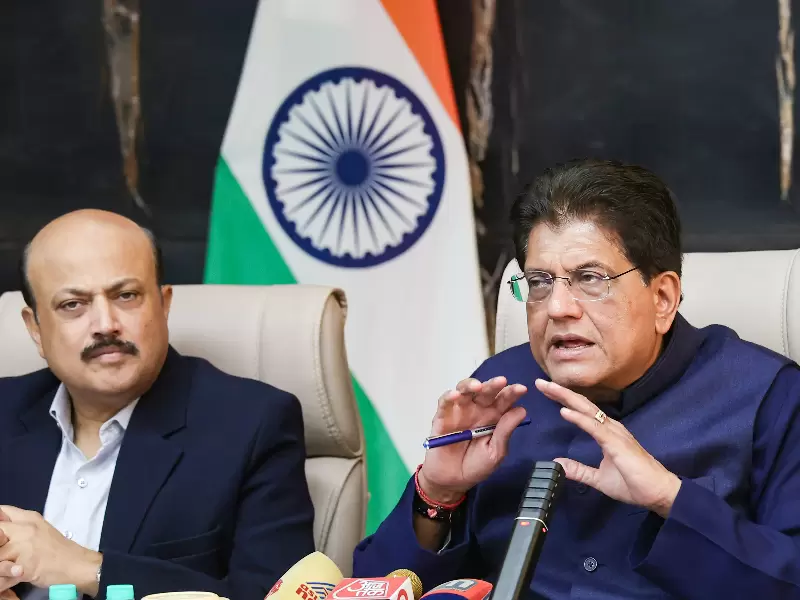

Comments
Start the conversation
Become a member of New India Abroad to start commenting.
Sign Up Now
Already have an account? Login